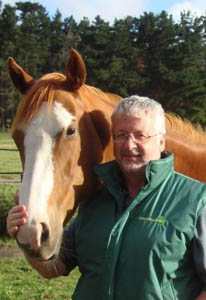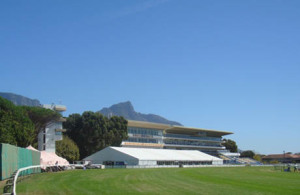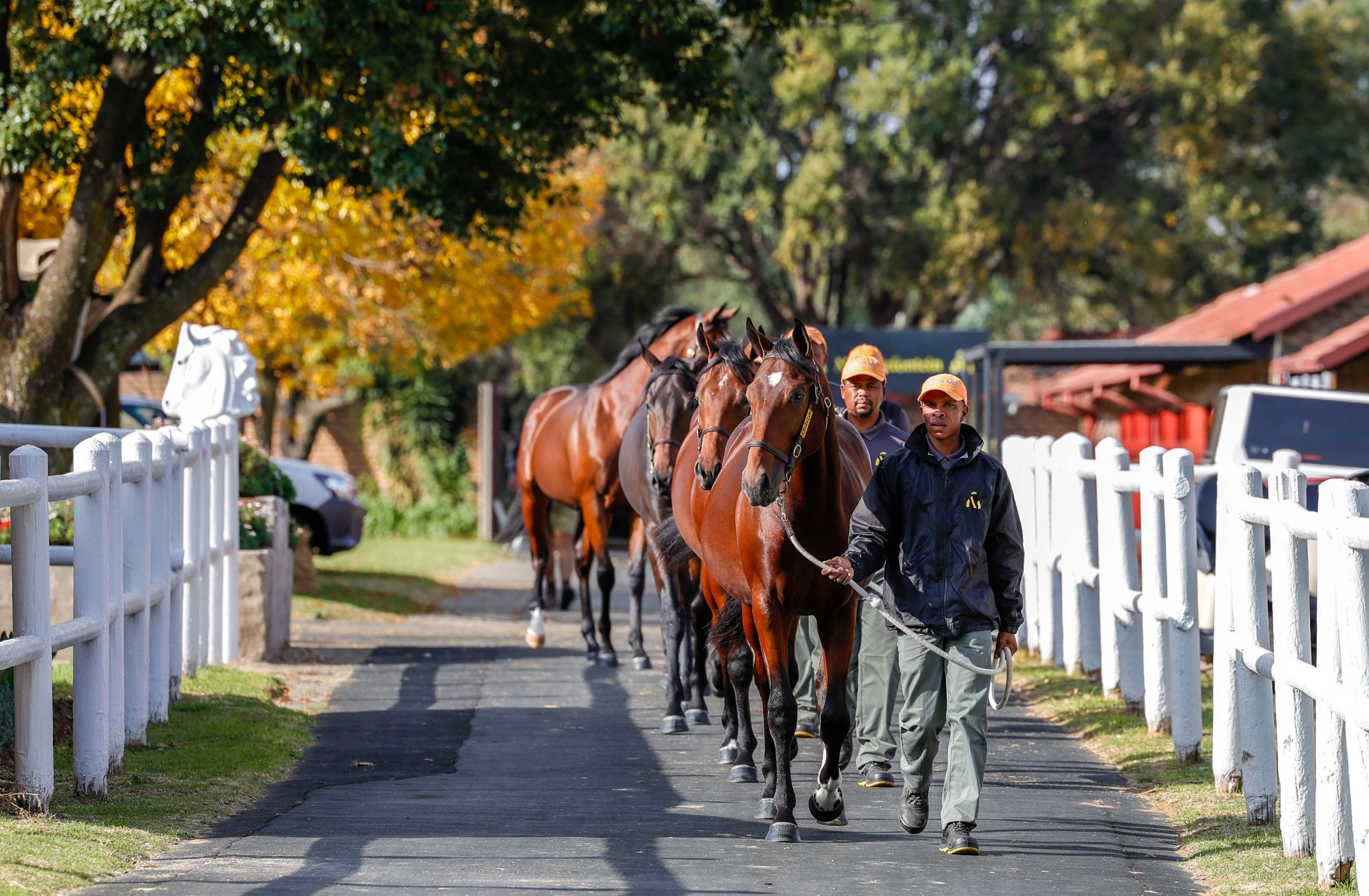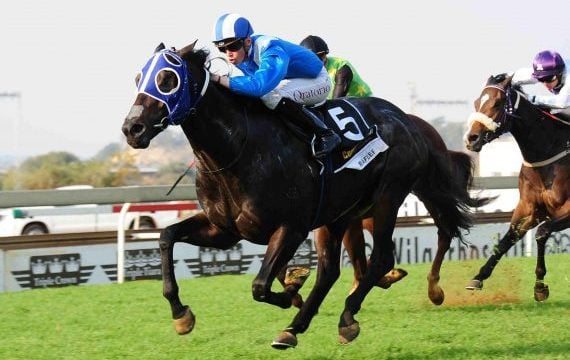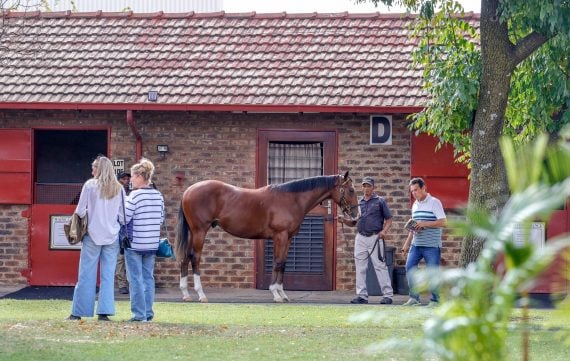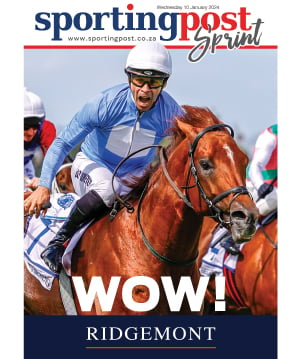The phrase “Lies, Damned Lies and Statistics” – the three types of untruth, incorrectly attributed to Disraeli but in wide circulation in Victorian England – tells us that people have been playing with statistics at least since the mid 19th century, writes David Allan.
The statistics emerging from the demise of The Vintage and Cape Summer Yearling Sales and the arrival of Cape Thoroughbred Sales (CTS) bear examination although the dramatically changing parameters in the South African sales market mean that it will take some time before like for like comparisons emerge.
The picture is a developing one with first CTS making the most important move of all – guaranteed pay outs in line with international standards – thus setting it apart, and then Bloodstock South Africa (BSA) bringing in a version of the “Vendor Buy-Back” declaration, thus aiding transparency but causing a difference in the way each sale company reports its figures.
An “Aggregate” on its own tells us something important. It indicates sale company turnover and income and its effectiveness in making its share of the total market, plus a snapshot of the amount of spending coming into the breeding industry. The overall Aggregate for the three/four sales shown in the Table rose in 2011 by 14% – huge in the context of the economy – coinciding with the impact of CTS with a newly positioned elite sale which generated around five times the amount by which The Vintage and The Cape Summer Sales declined.
There is no other interpretation but that CTS created rises in spending and a further increase overall of 6% in 2012 was healthy enough in the current economy. But what leaps like a gazelle off the page in terms of the distribution of revenue is the almost exact reversal of Aggregates from 2011 to 2012 between The National Yearling Sales (NYS) and CPYS Book 1. 117 v 88 million becomes 88 v 117 million. Very symmetrical and very eloquent.
Until adjusted “per horse” the Aggregate tells us no more about the market and it is unfortunate that this writer’s pleas to publish the highly indicative median price are still just that – pleas. Although CTS did slip one into recent stats, so hope is blossoming. Whereas the average is always going to be influenced upwards by the top-end spending on some very good individuals and pedigrees, the median tells us what is happening at the core and NYS might benefit from showing its medians.
Since the time of Keeneland July (long since merged into the two week September Sale) and the Tattersalls Highflyer/Houghton Sale (morphed into a bigger and broader “Book 1” quite a long time ago), and indeed of the Germiston Green Pages of increasingly distant memory, the trend has moved away from so-called select sales where a very small number of buyers provides the majority of the turnover. Such exposure to a cadre of wealthy investors is unhealthy in only one sense – the risk that their enthusiasm might wane – but encapsulates the enormous value to the industry of such racehorse owners. The CPYS Book 1 turnover clearly shows where the heavier top end spending went in 2012.
In more or less any sales business, the most important market is the domestic market without which there could be nothing. Overseas purchasing, whether two Sheikhs or important moves from Singapore and Hong Kong buyers is growing. The scene is set for broader expansion as AHS issues evolve and familiarity overseas increases. But our CPYS guests’ disappointment at their failure to secure a yearling with a million rand to spend at Book 1 reflects the strength of domestic demand, and the huge injection of enthusiasm and quality brought about by the arrival of CTS and the profile of Cape Town. Smart people, whatever their passport, buy in smart places.
Yet where the top end spending does not go, so is it easier for strong and mid range buyers to “get in”. The NYS at Germiston has always offered good top and middle opportunities and CPYS Book 1, kicking off with an average in 2011 of R 405k that exceeded the NYS 2008 peak of 391k, clearly offers broader opportunities having gone from 220 sold to 306 sold in its Class of 2012.
NYS in 2011 kept up its traditional yearling numbers in a way that backfired, dropping its average drastically. Yearlings had a passport to NYS if unsold in the inaugural CPYS – never again – and BSA admitted lesser yearlings, after the drain of good stock to CPYS. Responding strongly, the current BSA Chairman and Council made sure that net quality levels went back up in 2012 by reducing yearling numbers and, when challenged on the grounds of thus reducing BSA’s revenue, the Chairman powerfully stated that the NYS standards must be maintained. The TBA’s employment of a dynamic Director of Sales is the move of an organisation trying to get on to the front foot.
Yet the NYS average dropped a little more in 2012. Here’s that plea for medians again. Please BSA publish medians (and the vendor buy back prices as elsewhere. Then buyers know what to bid). But aside from that, it is the future of CPYS Book 2 – and of the BSA National 2 Year Old Sale which hasn’t happened yet in 2012 – that holds the key to the future of the breeding industry at large.
CPYS Book 2 replaces The Equimark Vintage and Cape Summer Yearling Sales, both defunct. Defunct or not, both sales have produced a number of absolutely top class horses and a lot of ordinarily good ones, sometimes punching well above their weight in value for money spent. The 2011 versions of the defunct sales were sorry gatherings indeed. Drained of revenue by the brand new CPYS and influenced by the economy, averages in the region of R 50,000 – and lower medians – said it all. Good Night Irene. Enter CPYS Book 2 Stage Left, unexpectedly. But with a good financial result for BSA/TBA in terms of levies and not having to do the work.
Is a Book 2 R74,000 average a good result? Yes. Because what would you have expected? This is about 50% better than the 2011 Vintage and will get better still if, as seems likely, Book 2 becomes an enhanced replacement for The Vintage (given the time of year) rather than for the earlier Cape Summer Sale and is a forum at which a spread of owners and trainers can “stock up” with potentially nice horses that are not the targets of the top end buyers. Book 2 will surely produce good horses. This writer’s article in The International Thoroughbred http://issuu.com/international_thoroughbred/docs/www.internationalthoroughbred.net/10 touched on the dodgy walking surfaces but also on the second-to-none viewing spaces and on the incredible structure that was the sales marquee at Kenilworth. It stands to reason that whilst the premises and preparations are costly, if Equimark can improve the situation at Durbanville, so CTS can surely make a “name” venue at Kenilworth better – and perhaps slip the sale back a few weeks? Maybe an on-site Ocean Basket and a nice wine bar? This could be a happy hunting ground.
Breeders of good yearlings will make their decisions as between CPYS Book 1 and NYS subject to acceptance and suitability, given the three month difference in timing. There has been much focus on the preparation of yearlings as early as January, a task to which SA breeders are adjusting. Buyers must look through different eyes in January compared to late April and we are supposed to be able to do that! But there is another side to the coin. Six or seven months is a long time in which to “kill time” before going into training. Higher end buyers are less concerned about that issue in cost terms although it is still a long time – especially in overseas eyes where most yearlings are backed and started within a week or two of their purchase and the 2 year old prospects are cantering within a month.
The absence of such a long pause is perhaps one reason why the National 2 Year Old Sale in early August has held up so well.
It boils down to the number of quality yearlings to go around the better sales. With current momentum, CPYS Book 1 will remain its strongly promoted, well organised self with the delights of Cape Town and the J&B Met and so on to boost it. Vendors of the good stuff love the guaranteed pay out and the glamour as well as the proximity if Cape based, but they are not daft and will also have yearlings that suit better the timing of Germiston where the inertia of local wealth, of attractive “barn ends” and an established complex continue for now to outweigh the industrial surroundings and some confined viewing spaces with which, after all, people have been coping for years. How this analysis develops remains to be seen once the TBA publishes its plans.
Middle ranked yearlings can fit into Book 1 or NYS if they qualify but Book 2 is potentially a highly viable outlet in between those sales for Cape breeders with attractive financial terms. It will need an average higher than R 74,000, so the advice to buyers is to get in before it rises to old Vintage levels and beyond…. Just as many Newmarket Book 2 vendors prefer to stay in Book 2 rather than accept an invitation to Book 1, so might something similar develop in the Cape.
Yes. Averages (and medians) will rise! To deal with overseas buying first, this may or may not be the panacea of which we breeders in SA dream, but it can only have been dampened by the EU ban in operation at the time of those 2012 sales shown in the table. East and South East Asian and Middle Eastern buying is likely to be more important than European for the moment at least and the excitement is palpable as it seems possible that the new AHS test will streamline a complex process and that the EU may curtail its current ban due to end in May 2013. Those working so hard in South Africa to achieve these goals are also setting the scene for a different set of parameters in response to any subsequent AHS outbreaks in the wrong places.
AHS is not the only influence that dulls the edge of the market. Stake money and domestic ownership participation are key issues which ultimately flow through to sale averages. Ironically, the stake money in its ratio to costs looks good in overseas eyes, but if growth is stalled it is partly to do with the protracted realignment process in Gold Circle. A green light is a green light and no other light is green, so when that one shines, it stands to reason that an obstacle will have been removed and everyone’s hearts will be lighter. Consider the 2012 stats in that light – not yet a green one.
Good Heavens! Look at the upsides! AHS, Gold Circle realignment, CTS impact, NYS response. The sky may not be the limit but we could all gain a lot more height.
The statistical picture will be a better one not only when each sales company operates to more or less the same parameters but also when the Durban Sale and the 2 Year Old Sale are included. And by the way, what were we saying about there being enough yearlings to go round? The South African scene is in a more exciting moment of evolution than casual readers would think. Some sales have vanished and others have appeared and amongst those are two very clever initiatives. Hemel n Aarde supported by The Alchemy was inspired when sending yearlings out of the camps, groomed and with manes pulled and feet done but not otherwise prepped to a sale they organised in Port Elizabeth. Novelty value, good PR and commensurate support from buyers made for a very good day for all concerned. And at the capital of hospitality Klawervlei Stud, their own Farm Sale went well in 2011 and will probably go even better in July 2012 when produce of Klawervlei Stallions will go on offer at a working man’s price with a jolly nice lunch and a stallion parade thrown in. These sales may be the result of over-production since reduced, so grab the lunch now, but a nice horse is a nice horse wherever you find it.
It’s all happening and it’s all happening in a dull market. What a foundation for better times! These statistics are not Lies or Damned Lies, but they are not yet complete or like for like. What they do show is the impact of the arrival of CTS and they provide signposts as to what might develop in the next couple of years.
| YEARLING SALE RESULTS | ||||
|
YEAR |
SALE |
AGGREGATE |
AVERAGE |
HORSES |
| CPYS 1 |
117,210,000 |
365,140 |
306 |
|
|
2012 |
CPYS 2 |
27,493,000 |
74,305 |
295 |
| NYS |
88,035,000 |
227,481 |
387 |
|
| TOTAL |
232,738,000 |
235,565 |
988 |
|
| CPYS 1 |
88,925,000 |
404,825 |
220 |
|
|
2011 |
TBA CAPE |
4,092,000 |
47,507 |
86 |
| EQUIMARK |
9,360,000 |
50,870 |
184 |
|
| NYS |
117,310,000 |
241,876 |
485 |
|
| TOTAL |
219,687,000 |
225,320 |
975 |
|
| TBA CAPE |
11,867,000 |
71,060 |
167 |
|
|
2010 |
EQUIMARK |
18,480,000 |
85,556 |
216 |
| NYS |
161,305,000 |
324,557 |
497 |
|
| TOTAL |
191,652,000 |
217,786 |
880 |
|
| SUMMARY | ||||
|
YEAR |
AGGREGATE |
AVERAGE |
HORSES |
|
|
2012 |
232,738,000 |
235,865 |
988 |
|
|
2011 |
219,687,000 |
223,320 |
975 |
|
|
2010 |
191,649,000 |
217,786 |
880 |
|
| TOTAL |
644,074,000 |
226,547 |
2,843 |
|


